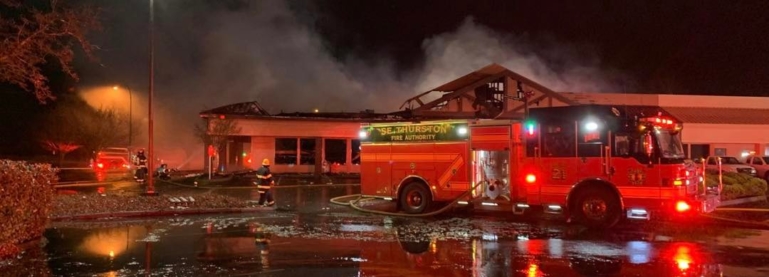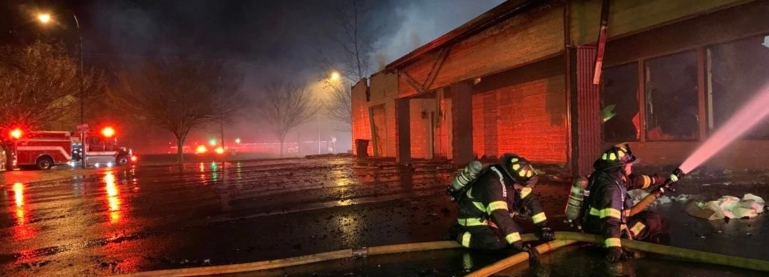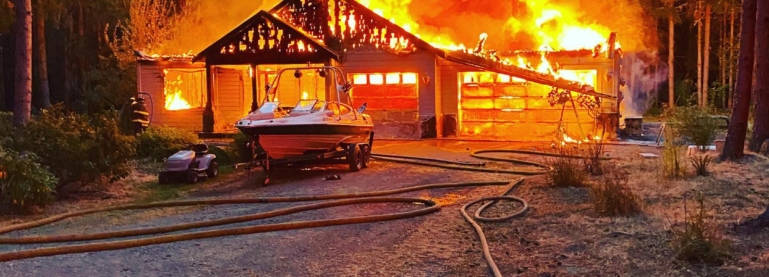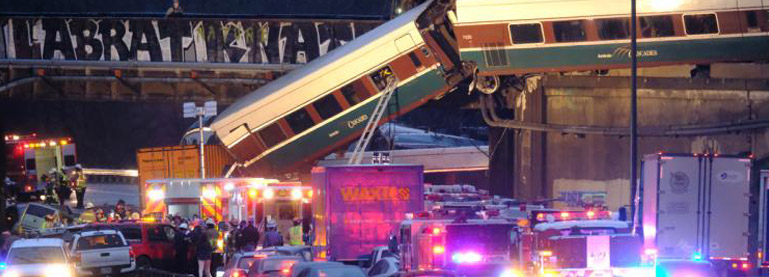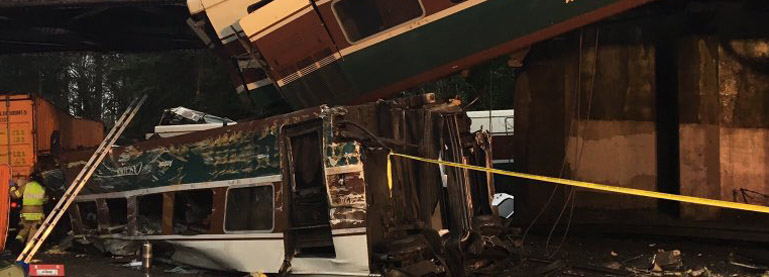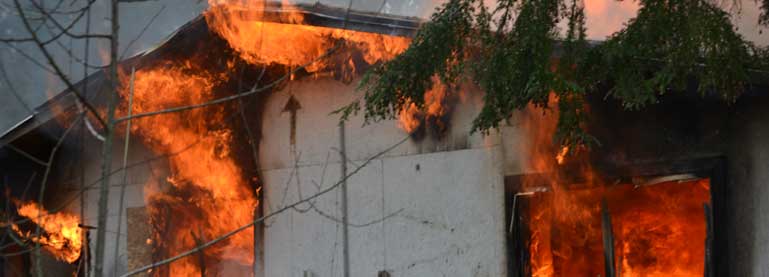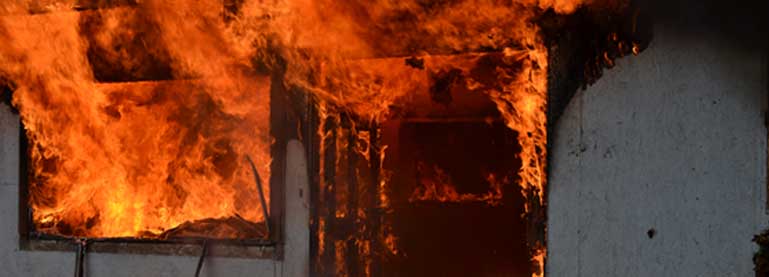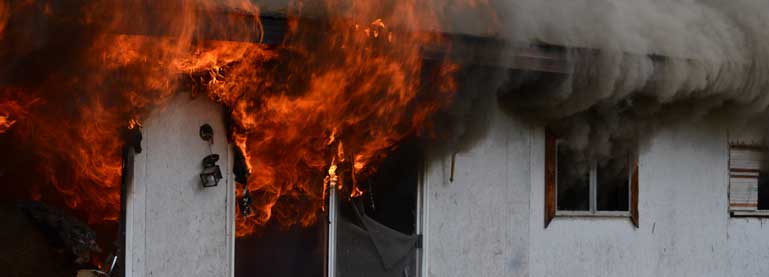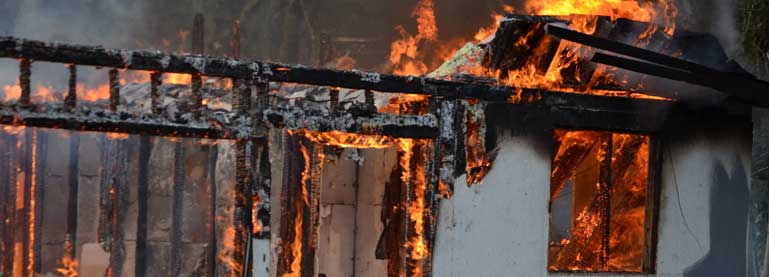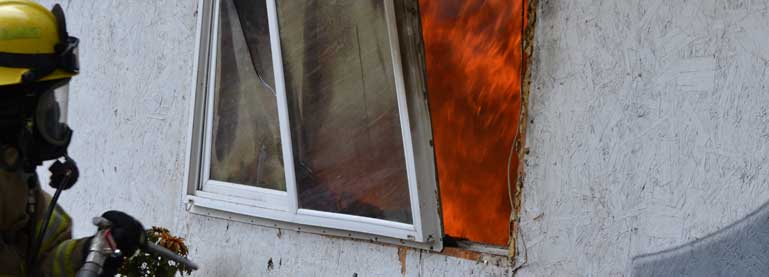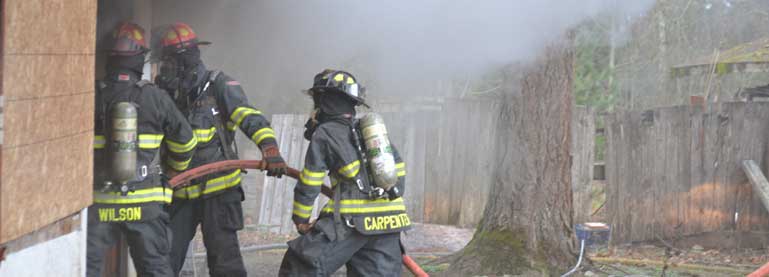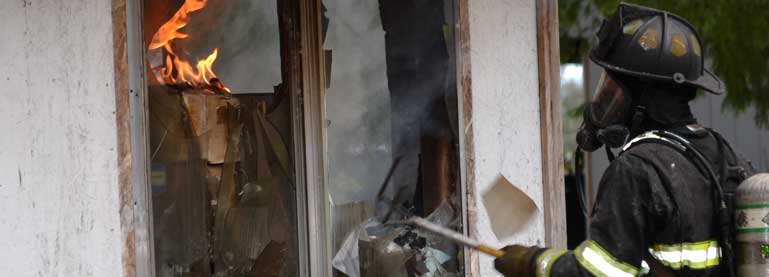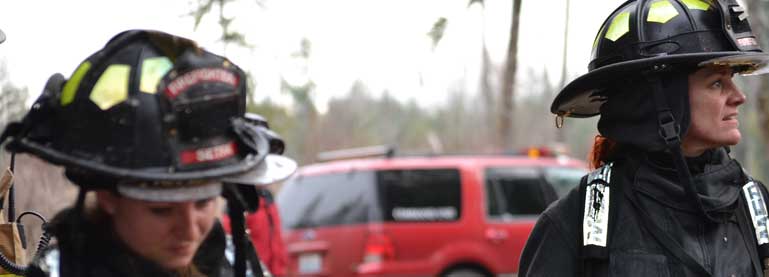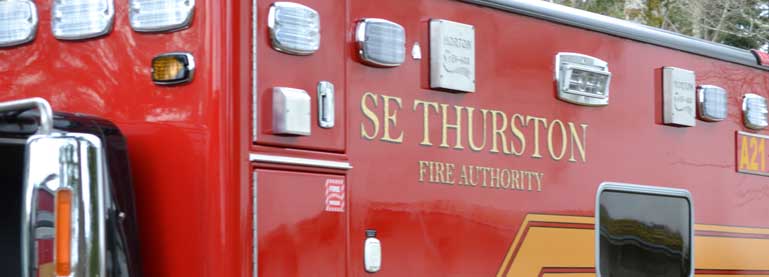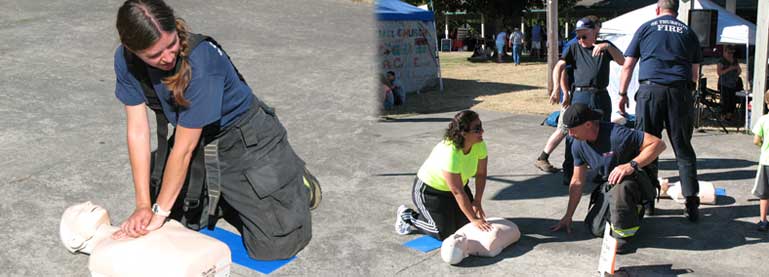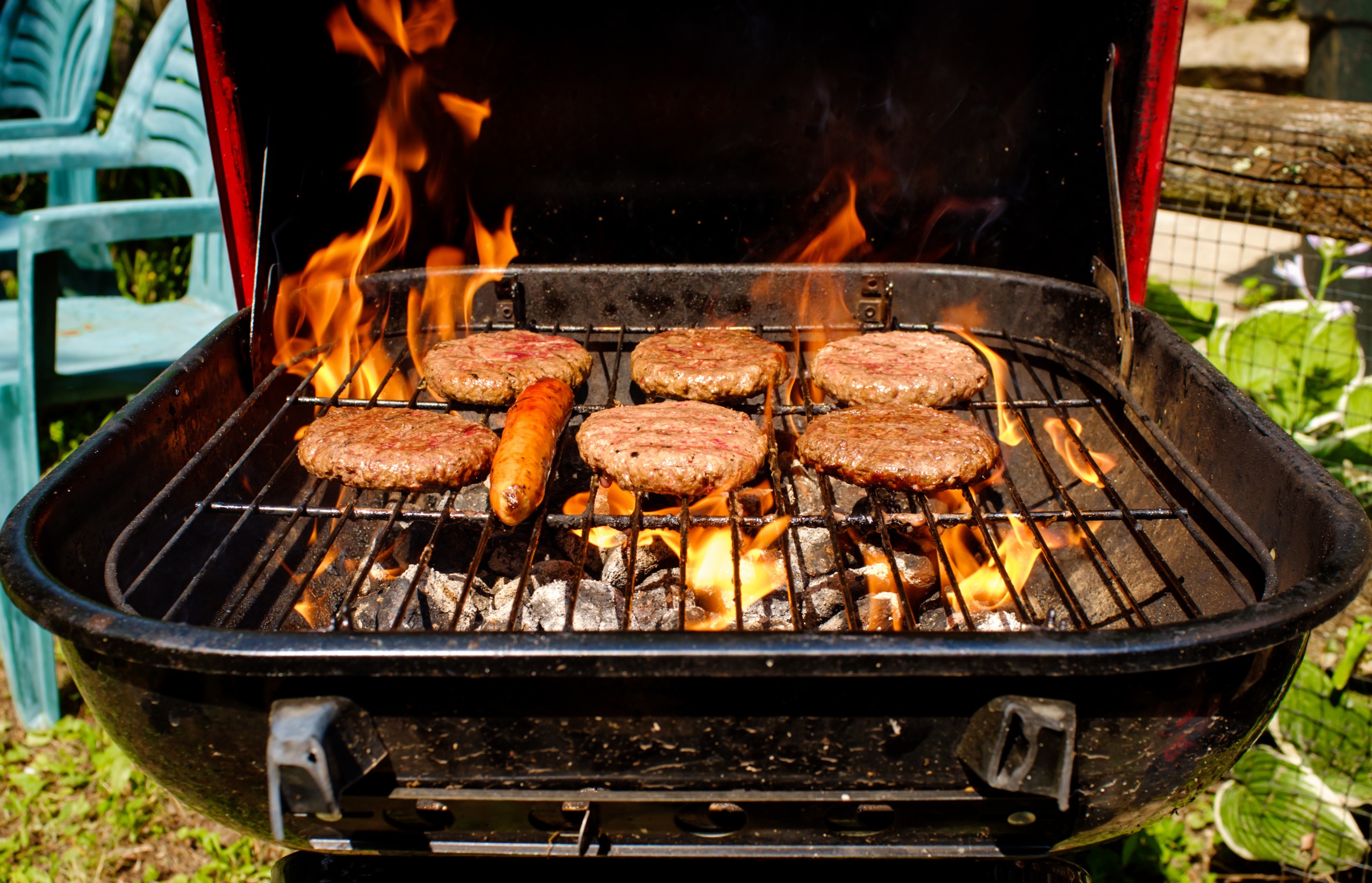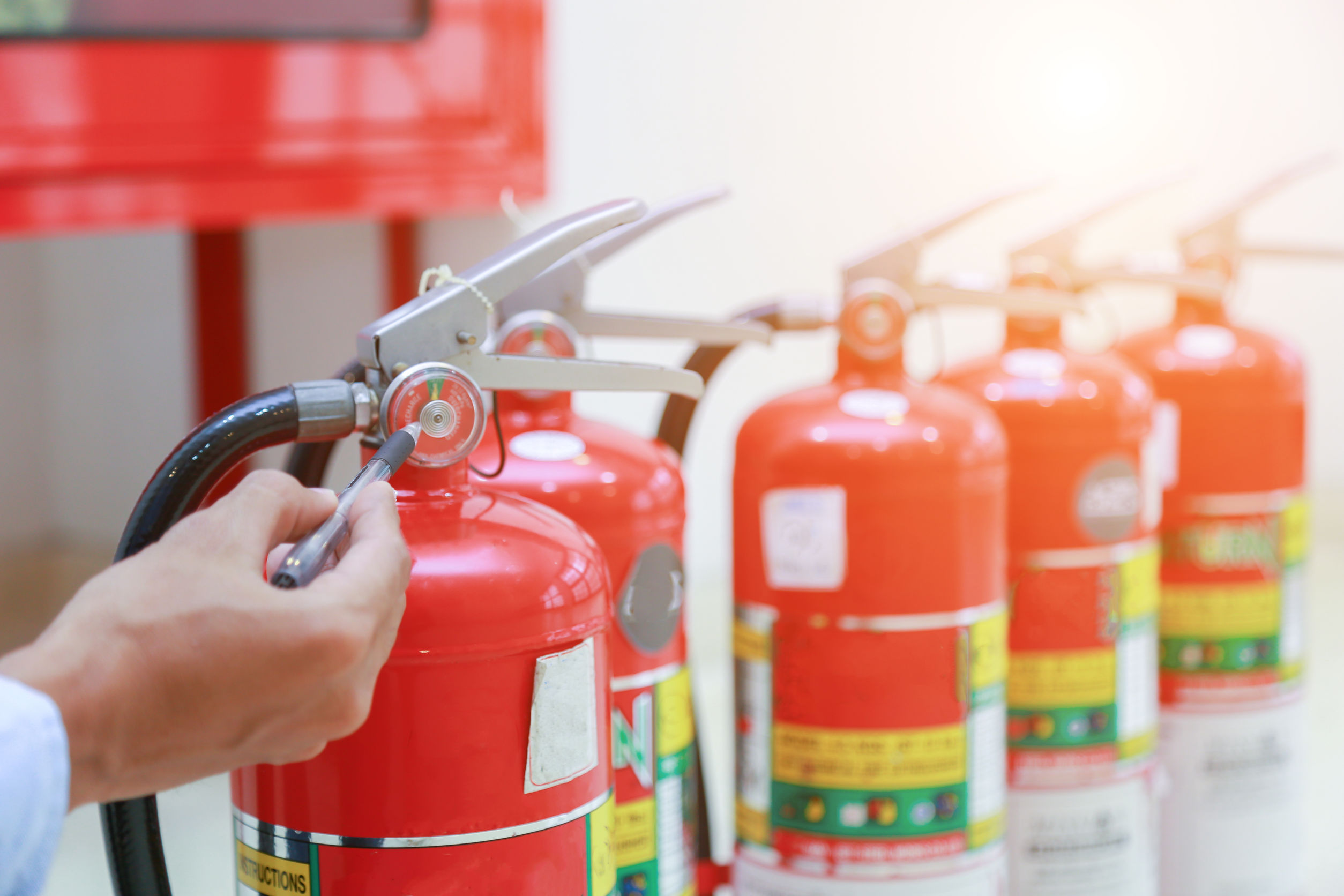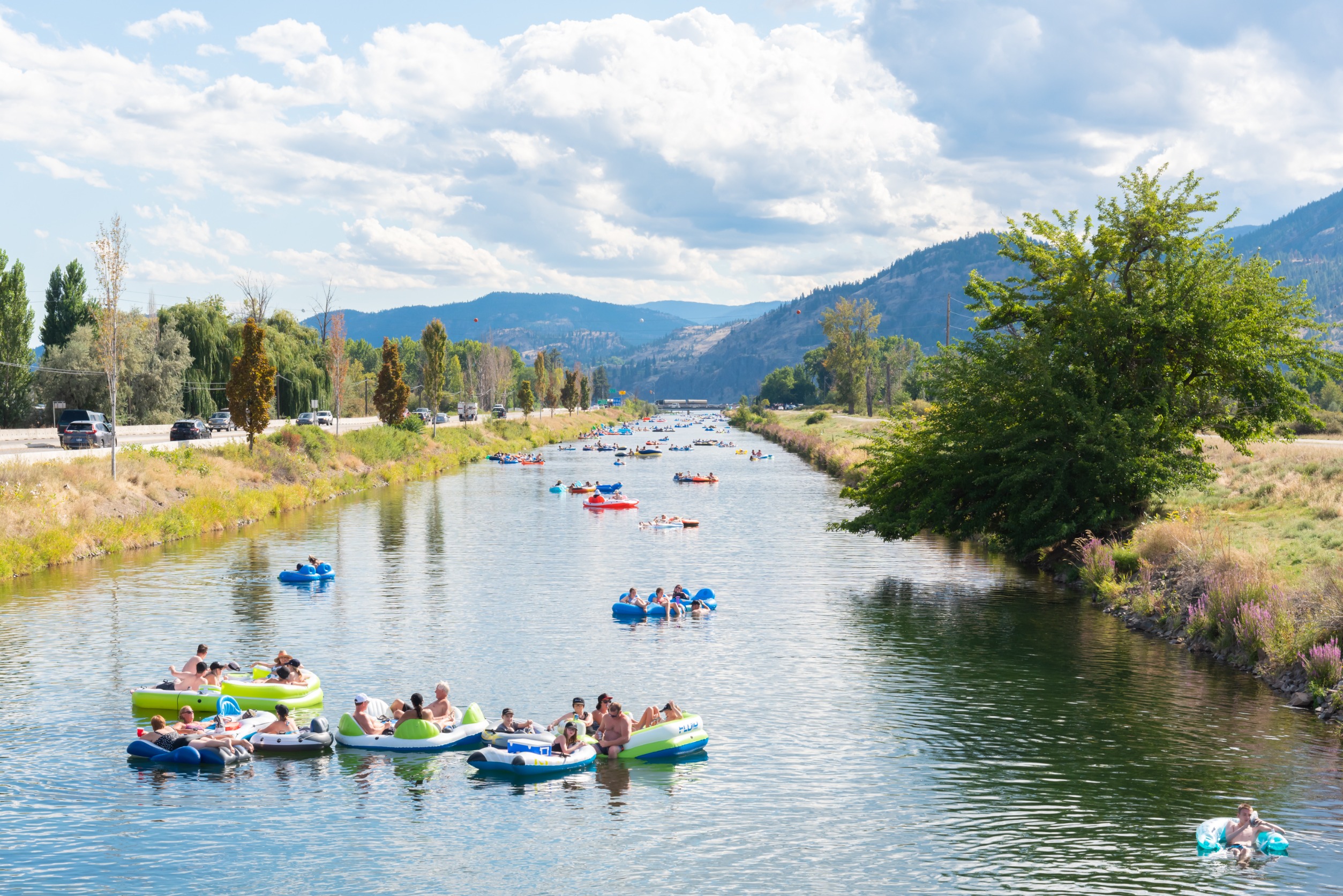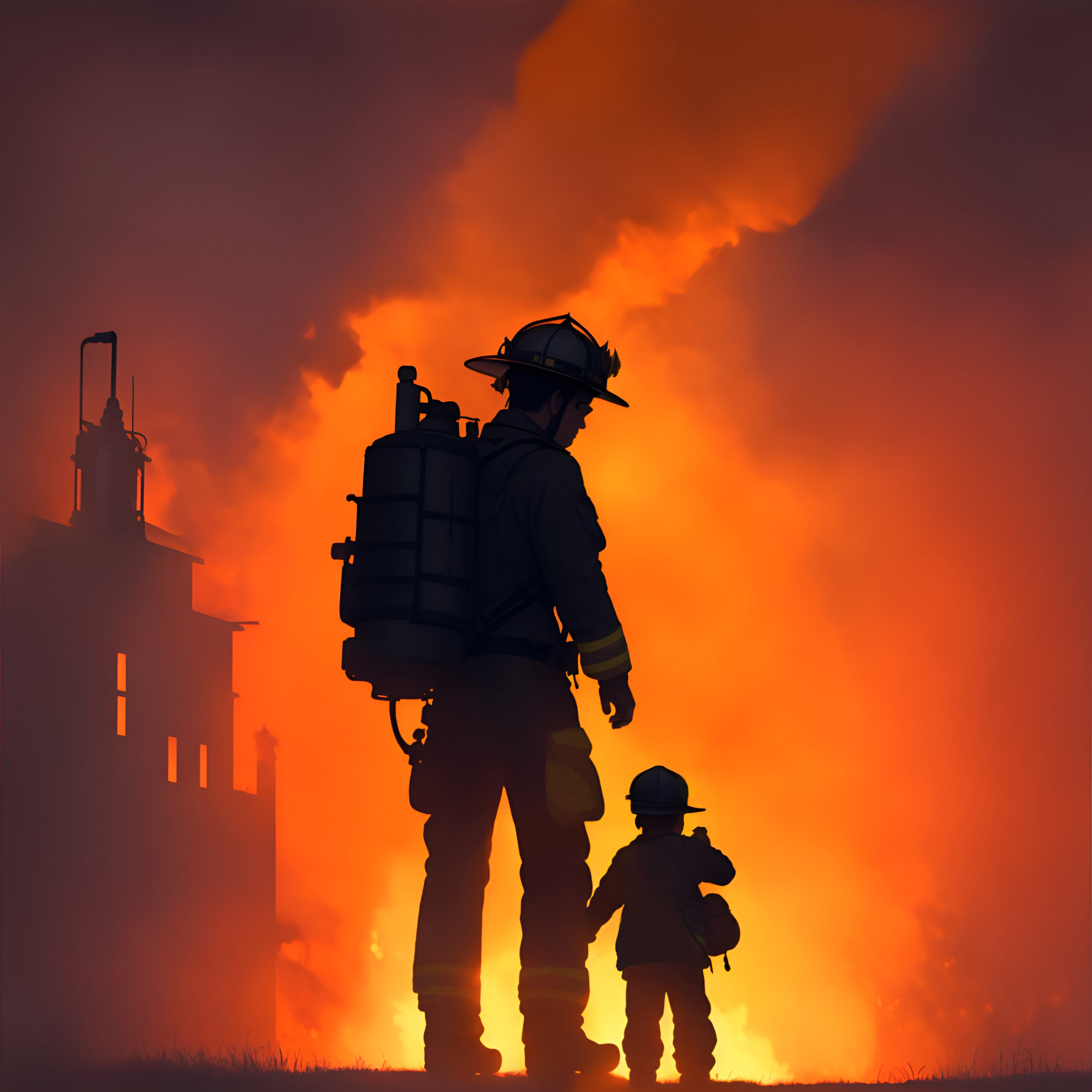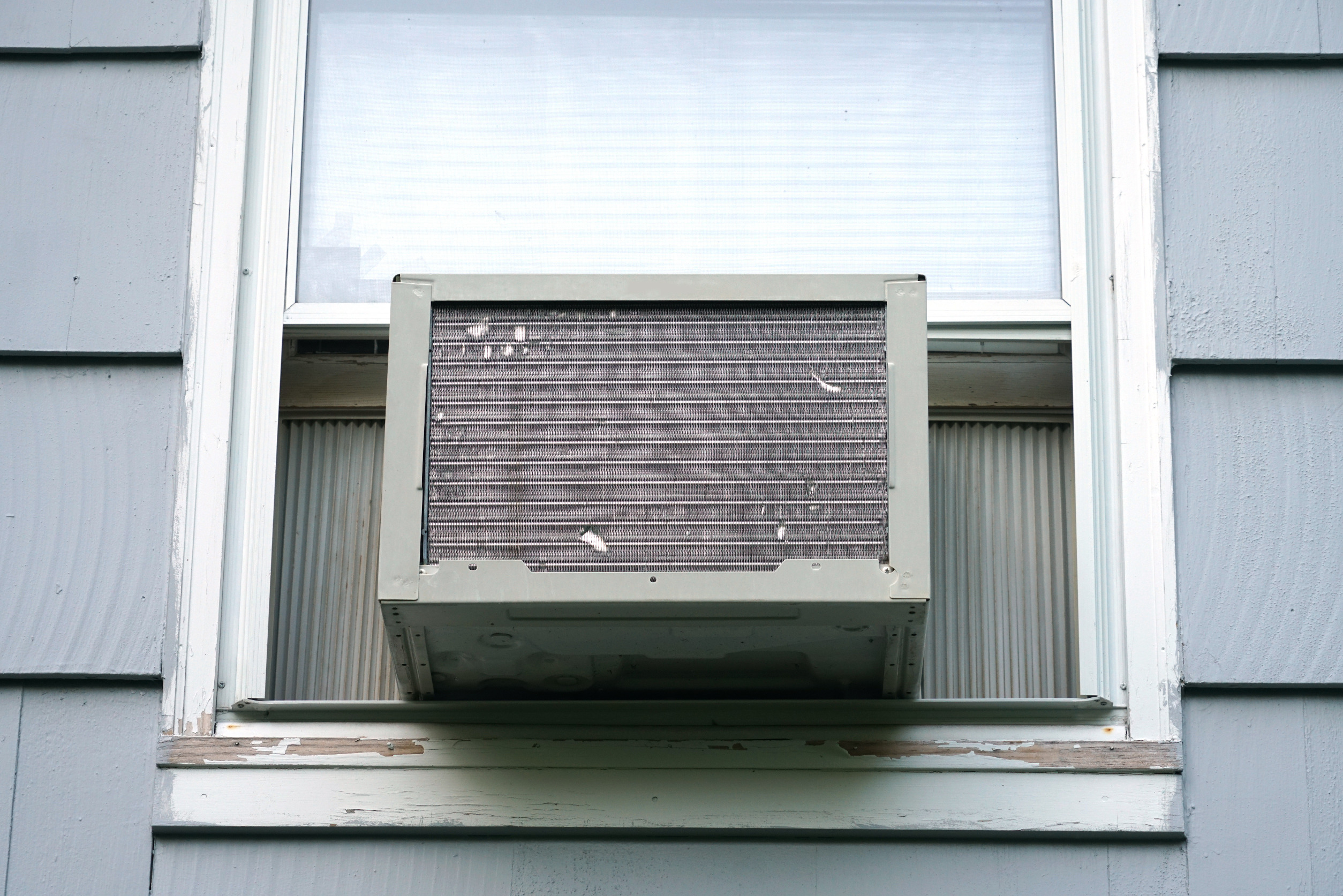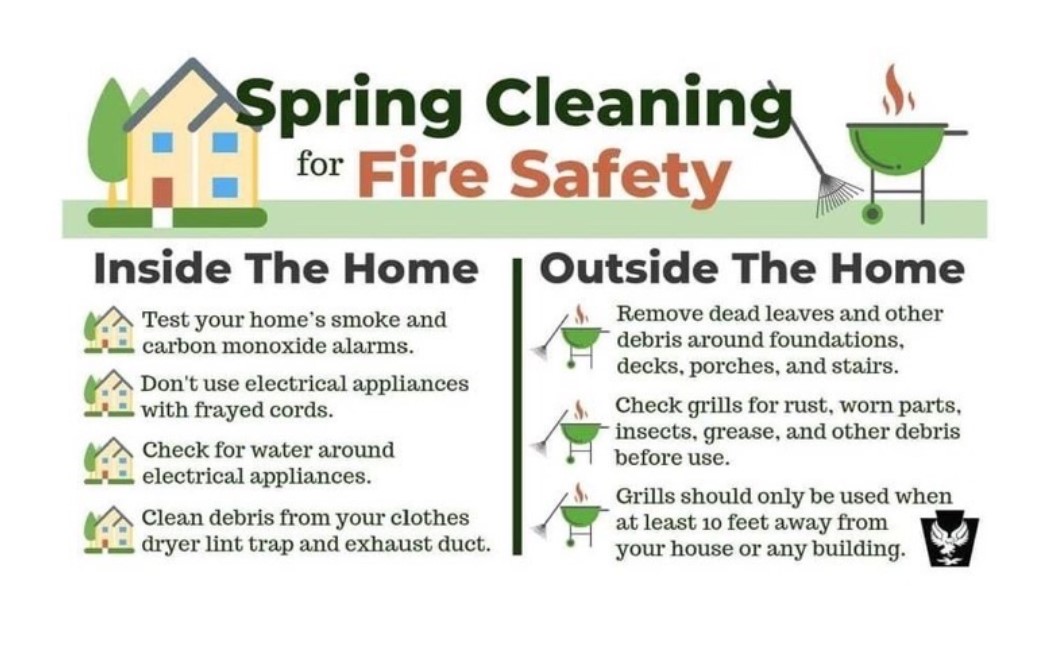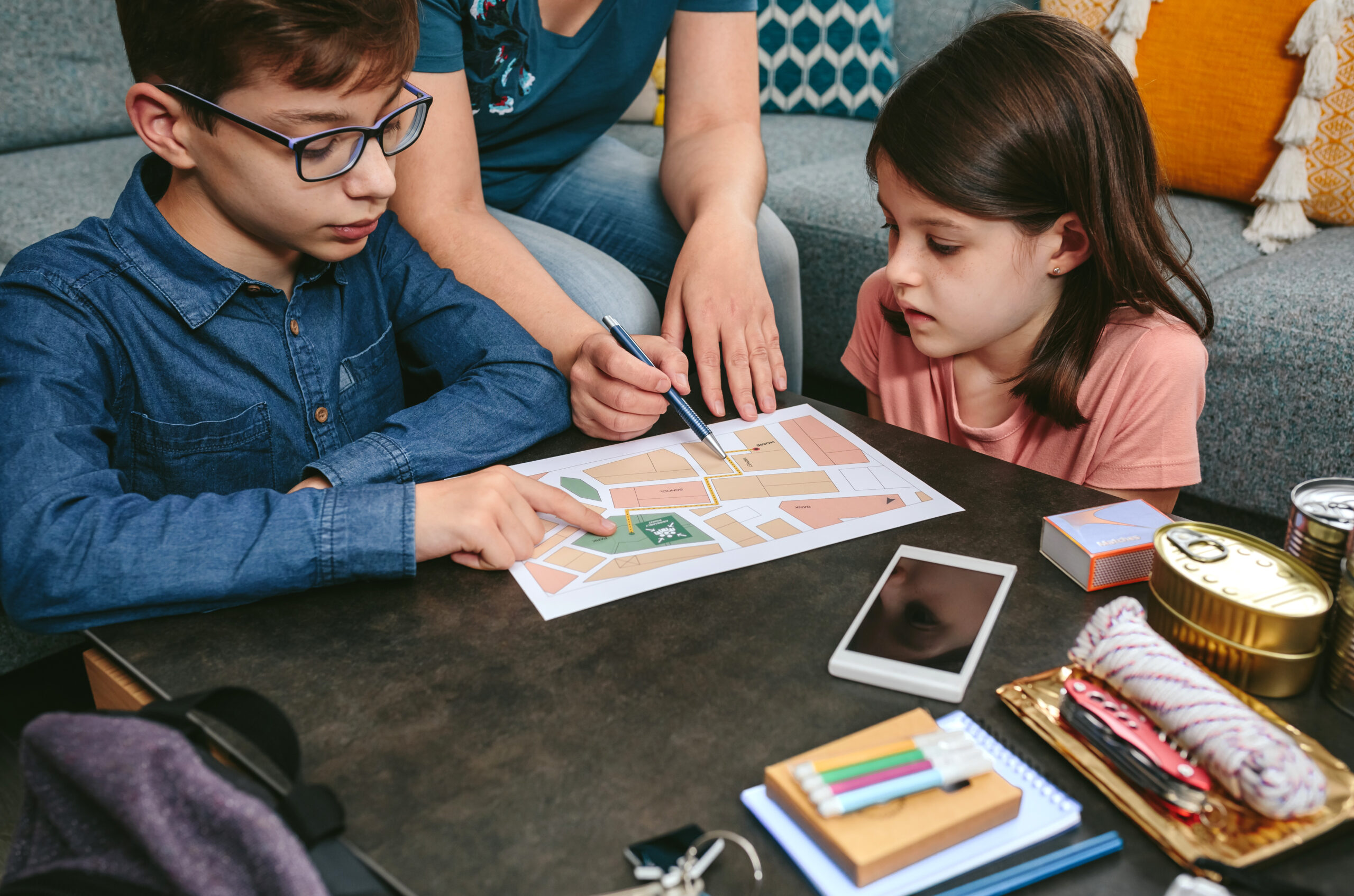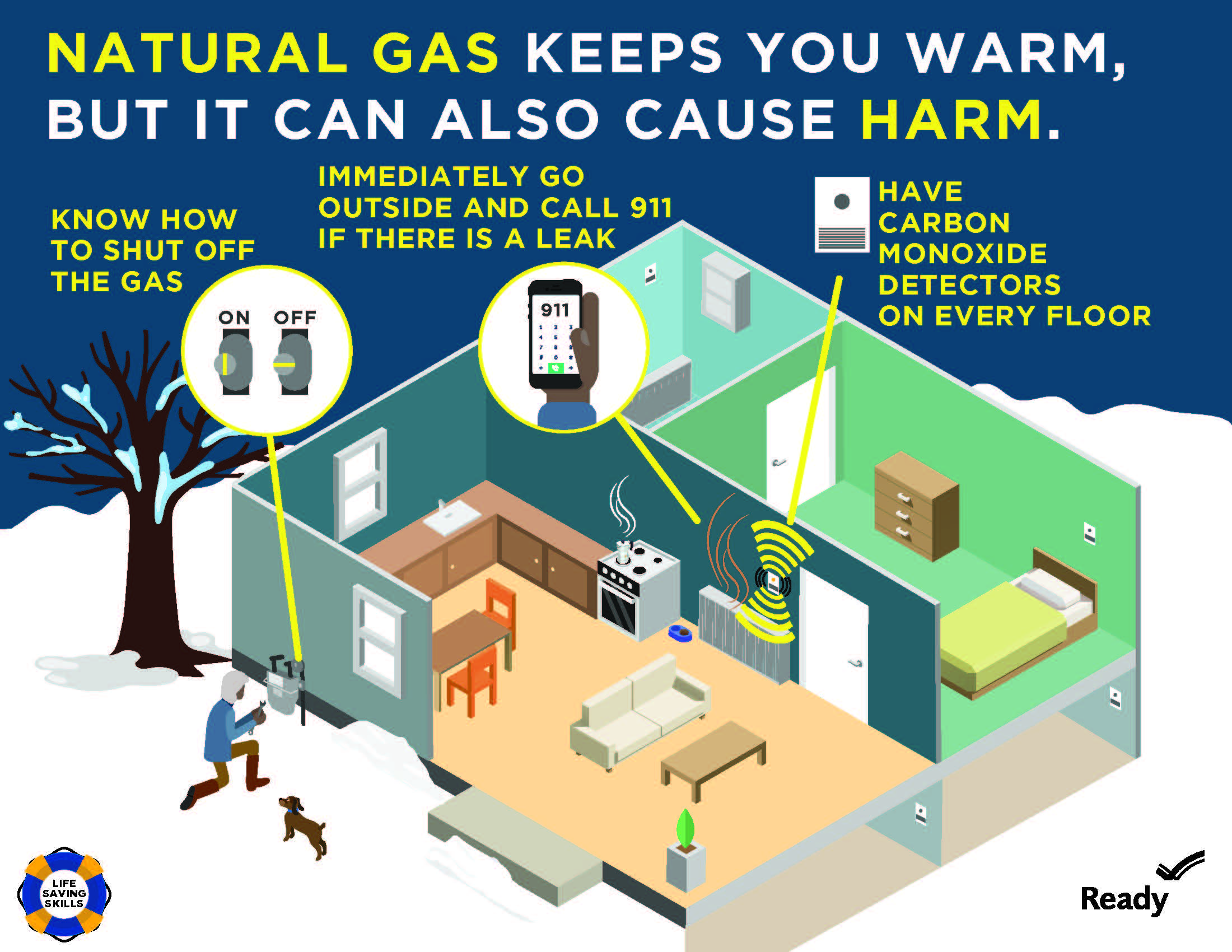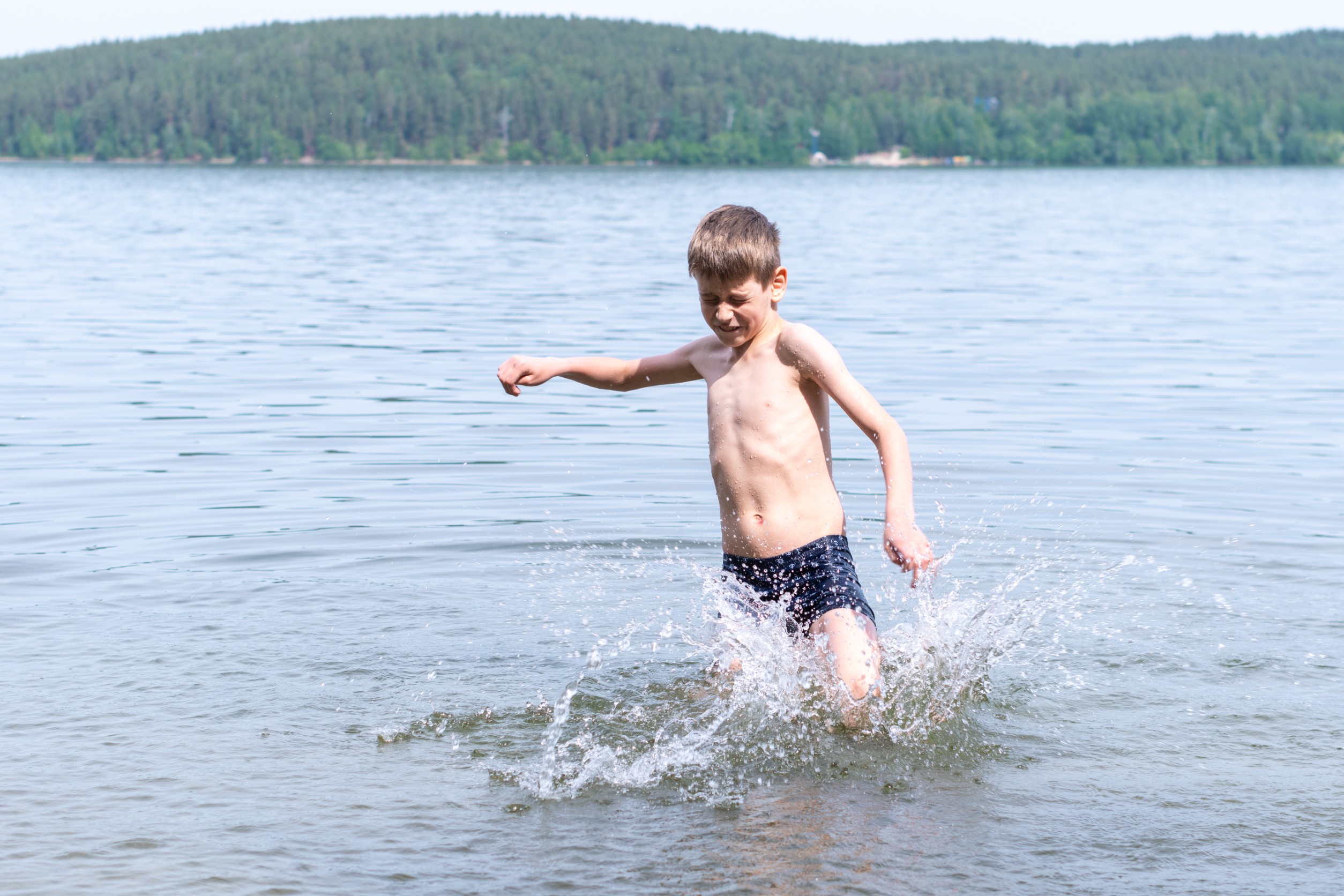
As Spring continues to bring us good weather and Summer is on the horizon, many people are heading out to bodies of water for a chance to swim again! Water sports and activities can be a ton of fun, but it’s important to remember that they can also be very dangerous, and often for reasons we wouldn’t even consider. One big one around this time of year is temperature.
While the air around us is warming up and becoming more comfortable, the water below can still be incredibly cold. In face, even water that doesn’t feel very cold can be dangerous, as once you submerge you realize how drastic the temperature difference is! Even water as high as 70 degrees Fahrenheit can be dangerous, as the chill you get when submerging can cause cold shock and affect your breathing. The colder a body of water gets from there, the more dangerous it is.
When you’re considering swimming in a body of water, always check the temperature before getting in. If you have a way to accurately check the temperature, do that focused at least a couple of feet down and assess whether or not it’s safe to jump in. If you don’t have a way to read the temperature of the water, then carefully gauge the temperature by partially submerging your hand or foot into the water. If it feels comfortable, then you can proceed with putting your arm in up past your elbow or your leg up past your knee to get a more accurate idea of the water temperature. If at any point you find the water chilling, it’s best not to jump in! If after carefully assessing the temperature you determine it’s suitable for swimming, start shallow if at all possible and ease your way into the water. It’s better to be close to shore or boats in case an emergency occurs, such as sudden difficulty breathing or reduced movement.
In most cases, you’ll know if the water is too cold to swim in simply by testing it yourself, but it’s better to always be cautious. It’s better to not swim at all if it means nobody gets hurt!

